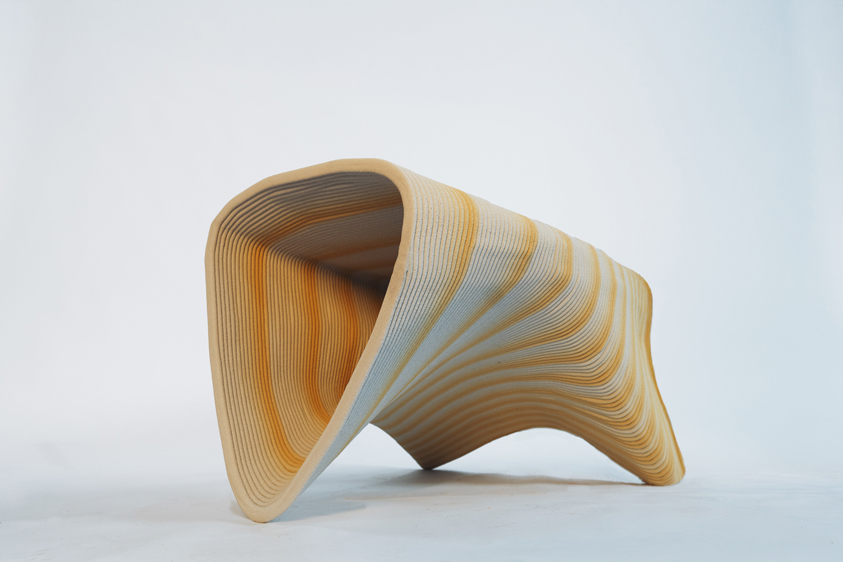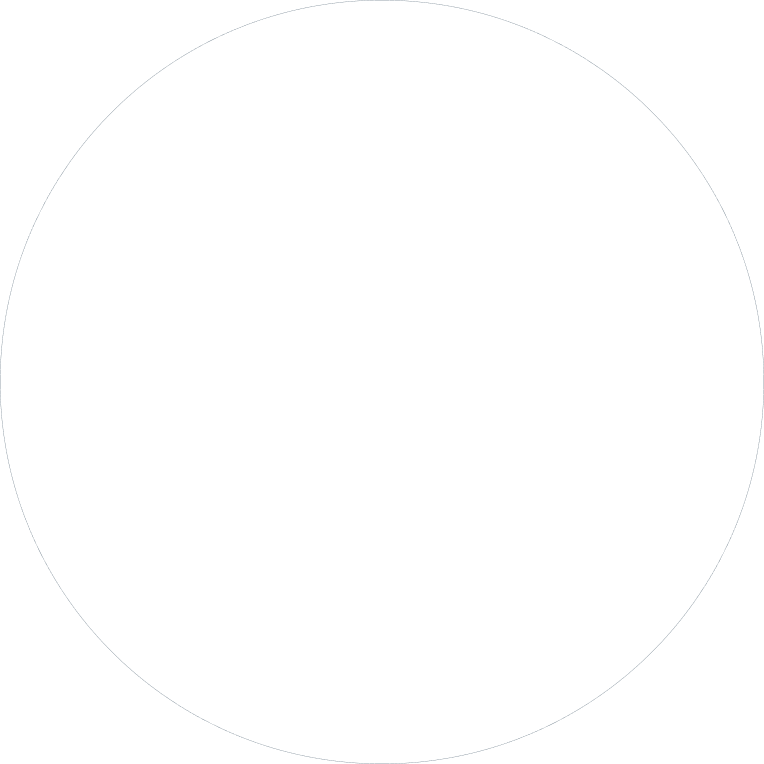A Revolution in Architecture
The world of architecture has always been defined by innovation. From the ancient pyramids of Egypt to the futuristic skyscrapers of Dubai, every era has introduced groundbreaking ways to reimagine space, functionality, and aesthetics. Today, we stand at the dawn of a new revolution: 3D concrete printing (3DCP). This technology is not only changing how buildings are constructed but also redefining the very essence of architectural designs.
As architects and engineers push the boundaries of creativity and sustainability, 3D concrete printing is emerging as a key driver of the future. But what makes this innovation so transformative, and how will it influence the next generation of architectural designs? Let’s dive in.
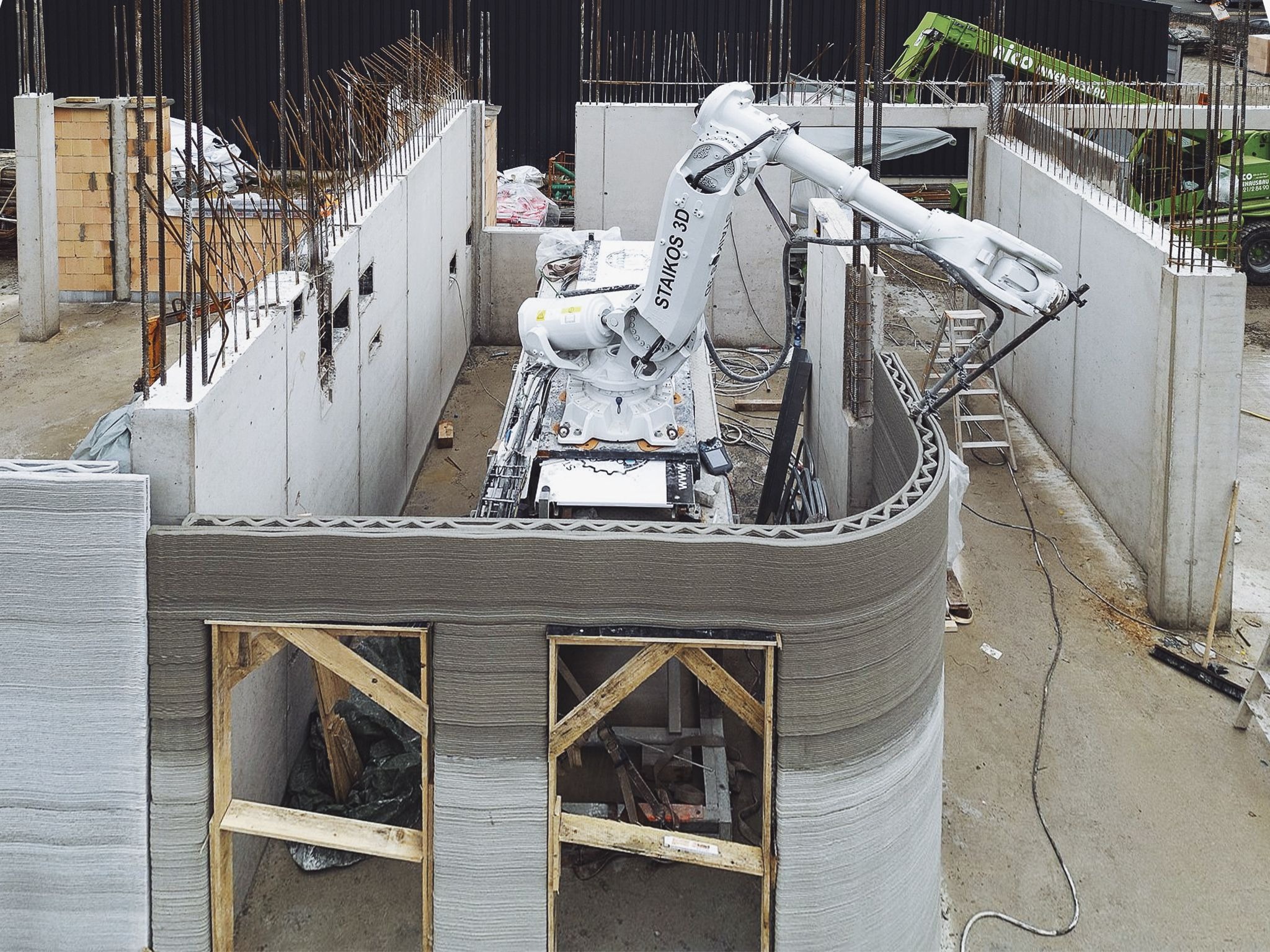
House 3D printed by Vertico client Staikos 3D
The Evolution of Architectural Designs
Throughout history, architectural designs have mirrored the technological capabilities of their time. Ancient civilizations relied on stone and manual craftsmanship. The Industrial Revolution introduced steel and glass, enabling the rise of skyscrapers and modernist structures. In the late 20th century, digital modeling and computer-aided design (CAD) reshaped the creative process, giving architects unprecedented freedom.
Now, with 3D concrete printing, we are entering a new era where digital blueprints can directly translate into physical structures. Instead of being constrained by traditional building methods, architects can experiment with shapes, textures, and forms once considered impossible. This shift doesn’t just add efficiency it redefines the philosophy of design itself.
.jpeg)
Benefits of 3D Concrete Printing in Modern Architectural Designs
1. Sustainability and Eco-Friendliness
Sustainability is at the heart of modern architectural designs, and 3DCP aligns perfectly with this goal. Unlike conventional construction, which often produces significant waste, 3DCP uses material more efficiently. Printers deposit concrete layer by layer, minimizing excess and allowing for the integration of recycled aggregates.
Additionally, many researchers are experimenting with low-carbon or geopolymer concrete, which drastically reduces emissions compared to standard cement. For urban planners and architects focused on green initiatives, this is a game-changer.

2. Cost and Time Efficiency
Traditional construction projects can take months or even years due to labor demands, weather conditions, and logistical challenges. With 3D concrete printing, entire houses can be printed in just a few days. This speed not only reduces labor costs but also accelerates the availability of affordable housing in regions struggling with shortages.
Moreover, prefabricated 3D-printed components can be produced off-site and assembled with precision, streamlining timelines for large-scale projects.
3. Unlimited Design Freedom
One of the most exciting benefits of 3DCP is the creative potential it unlocks. Complex curves, organic shapes, and intricate textures are no longer costly or time-consuming to achieve. Instead, they can be printed directly from digital models.
This opens the door to architectural designs that merge functionality with artistic expression. Imagine fluid, nature-inspired facades or interior walls shaped like living sculptures possibilities that once seemed futuristic are now within reach.
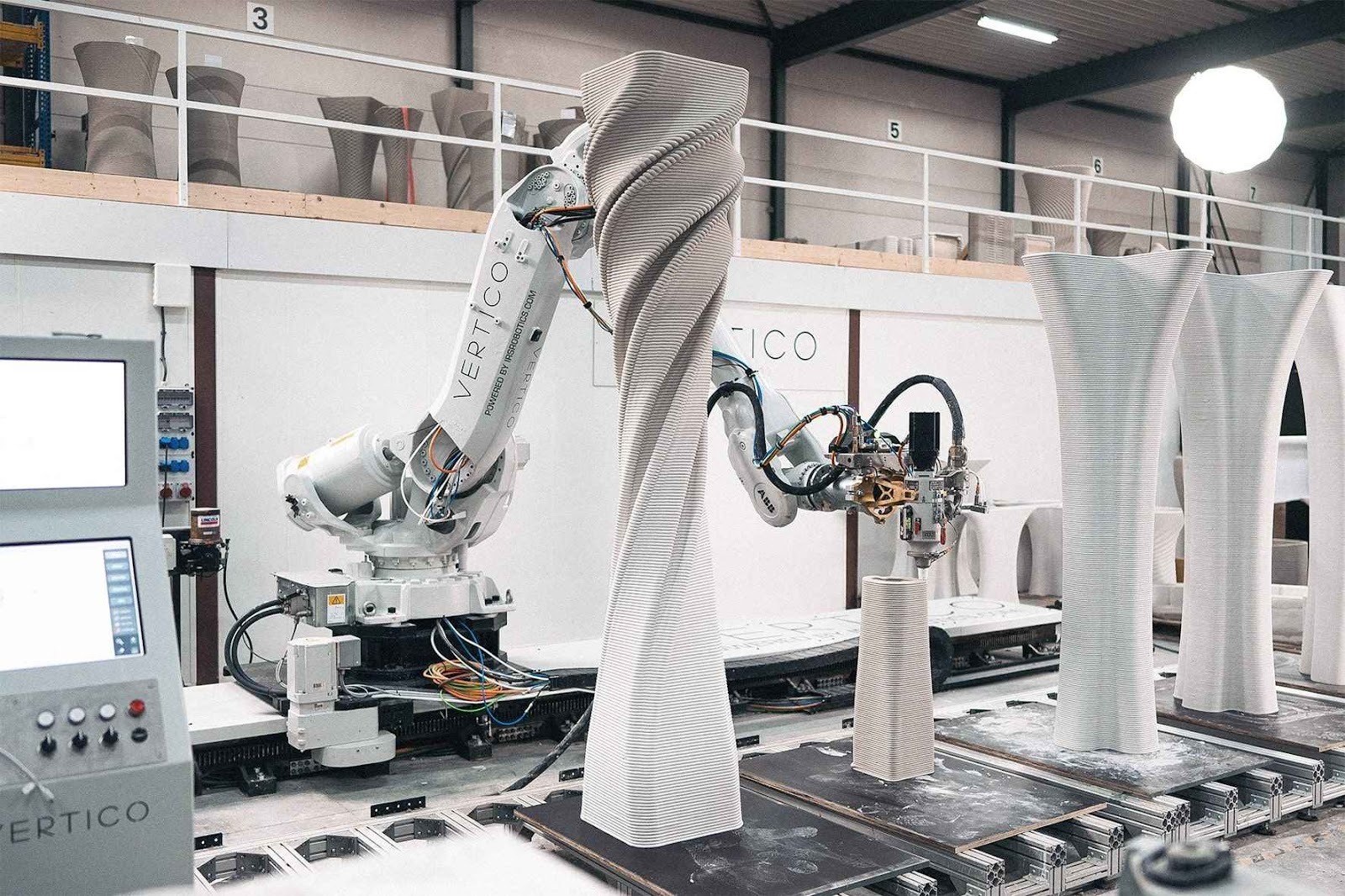
Future Applications of 3DCP in Architectural Designs
Residential Housing
Affordable housing is a pressing global issue. With 3DCP, entire communities can be constructed at lower costs and in shorter timeframes. Countries like Mexico and India are already experimenting with 3D-printed homes as a solution to urban housing crises. These projects not only provide shelter but also demonstrate how innovative architectural designs can address social challenges.
Commercial Spaces
Businesses are increasingly seeking unique, brand-aligned office spaces. 3DCP allows companies to invest in distinctive buildings that reflect creativity and innovation. From futuristic office complexes to retail outlets with customized interiors, the future of commercial architecture lies in personalization at scale.
.jpeg)
Office space for Heilijgers
Urban Development and Infrastructure
3DCP is not limited to houses or officesit can also transform bridges, public facilities, and even smart city infrastructure. By combining robotics with data-driven modeling, cities can create durable, cost-effective, and sustainable structures tailored to community needs.
For instance, the Netherlands recently unveiled a 3D-printed concrete bridge, showcasing how innovative architectural designs can blend functionality with environmental responsibility.

Diamanti Bridge scaled model
Challenges and Considerations
While the potential of 3DCP is vast, it also faces several challenges that must be addressed before it becomes mainstream:
- Material Limitations – Concrete mixtures must be carefully calibrated to ensure structural integrity. Research is ongoing to enhance consistency and durability.
- Regulations and Standards – Building codes and safety standards have yet to catch up with the rapid pace of 3DCP technology.
- Market Acceptance – Clients, investors, and governments may hesitate to adopt new methods without long-term proof of performance.
- Skilled Workforce – While 3DCP reduces manual labor, it requires experts in robotics, materials science, and digital modeling.
Overcoming these challenges will be crucial to ensuring that 3DCP fulfills its promise in shaping future architectural designs.
Architectural Designs Reimagined: The Future Outlook
The convergence of technologies such as Artificial Intelligence (AI), Building Information Modeling (BIM), and 3D concrete printing promises an exciting future. AI can optimize design for energy efficiency, while BIM ensures collaboration between architects, engineers, and contractors. When combined with 3DCP, these tools create a seamless workflow from concept to reality.
Imagine cities where buildings are not only sustainable but also adaptive structures that can respond to environmental changes, integrate renewable energy systems, and even self-heal through smart materials. In such a world, architectural designs won’t just be about aesthetics or function; they’ll become living ecosystems that support human well-being and planetary health.
Real-World Examples Leading the Way
- Vertico (Netherlands): Pioneering 3D concrete printing solutions with a strong focus on sustainability and design freedom. Vertico’s projects highlight how advanced printing technology can deliver both functional and aesthetically innovative architectural designs. Their work emphasizes the seamless combination of engineering precision and creative architecture, setting new standards for the European construction industry.
- ICON (USA): Known for printing affordable housing in Texas and Mexico, ICON demonstrates how 3DCP can revolutionize social housing.
- Apis Cor (USA): Built a 3D-printed house in just 24 hours, proving the scalability of the technology.
- COBOD International (Denmark): Developing modular printers capable of constructing multi-story buildings.
These pioneers are proving that the future of architectural designs is not theoretical, it's already unfolding.
Conclusion: Redefining the Boundaries of Architecture
The integration of 3D concrete printing into architecture marks a turning point in how humanity builds and lives. It offers a pathway to sustainability, efficiency, and creativity that aligns with the demands of a rapidly changing world.
For architects, engineers, and visionaries, the message is clear: the future of architectural designs lies in embracing innovation. 3DCP is more than a construction method, it's a canvas for reimagining the built environment.
So, what’s next? Perhaps the next time you walk into a stunning new home, office, or public space, it won’t have been built, it will have been printed.
%402x.svg)




%20(2)%20(2).jpg)
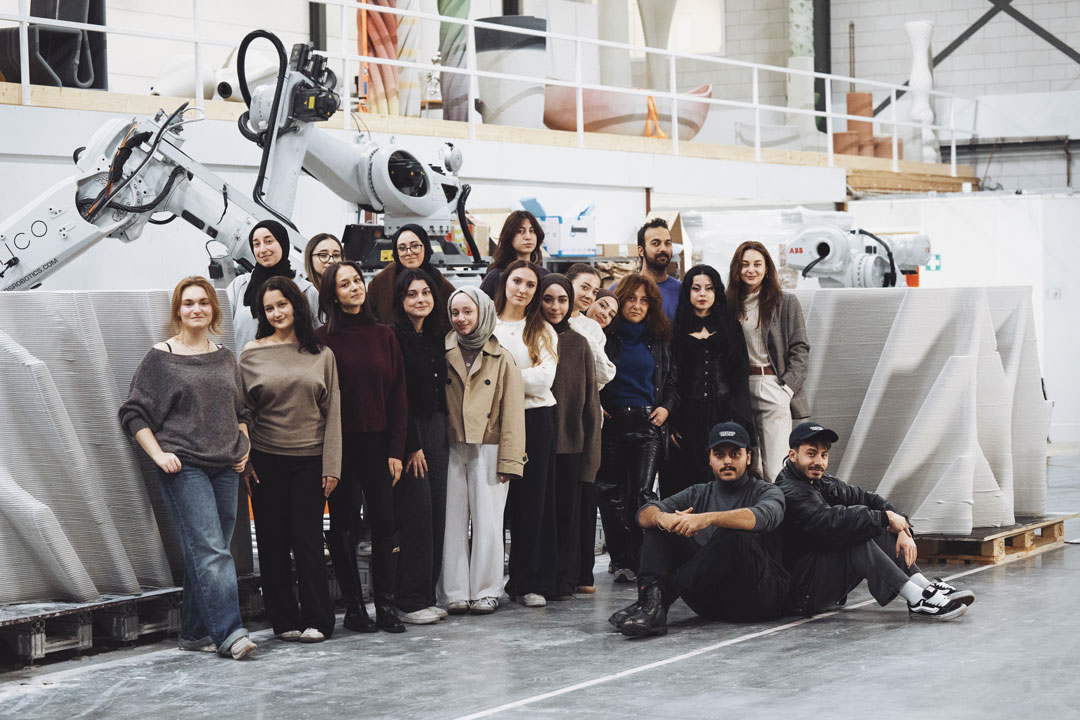
.jpg)
.jpg)

